Deformed leaves on a rhododendron
nikgr
16 years ago
Related Stories
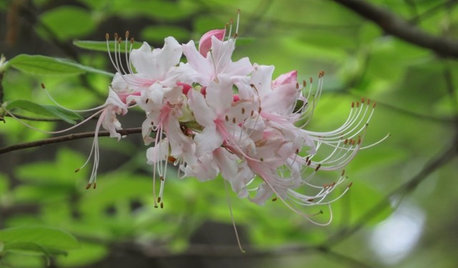
GARDENING GUIDESGreat Design Plant: Rhododendron Canescens
Have a damp, shady spot in your garden that needs a lift? This Southern U.S. native may be the solution
Full Story
GARDENING GUIDESHave Acidic Soil in Your Yard? Learn to Love Gardening Anyway
Look to acid-loving plants, like conifers and rhododendrons, to help your low-pH garden thrive
Full Story
HOUSEPLANTSGet a Tropical Splash With a Bird's Nest Fern
Sword-shaped leaves make this fern a stunning accent — and you can even mount it on wood for a wall hanging
Full Story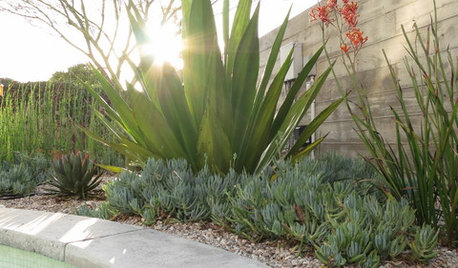
PLANTING IDEASBig Foliage for Small Spaces
Use bold, large-leaved plants to create intriguing contrast in a garden where they’re least expected
Full Story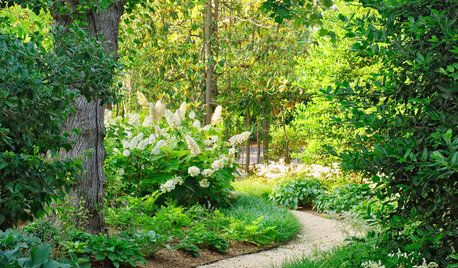
LANDSCAPE DESIGNUnwind in Your Own Private Garden Escape
When the world is getting on your last nerve, an outdoor refuge can soothe and nurture. Here's how to design a garden with relaxing in mind
Full Story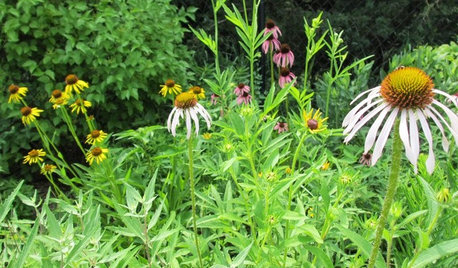
FLOWERSGet Coneflower Blooms All Summer Long
Plant these 5 native species to bring beauty to the garden — and pollen to the insects — from June through August
Full Story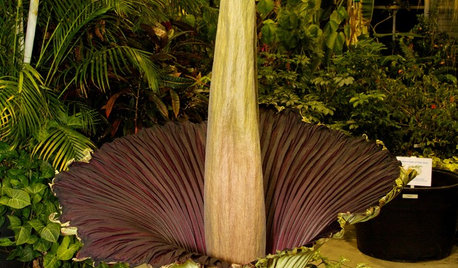
FUN HOUZZSmell This Shocking Flower at Your Own Risk
Don't say we didn't warn you: The foul scent of the rare and incredible corpse flower may knock your socks off
Full Story
LIFETrue Confessions of a House Stalker
Letting go when a new owner dares to change a beloved house's look can be downright difficult. Has this ever happened to you?
Full Story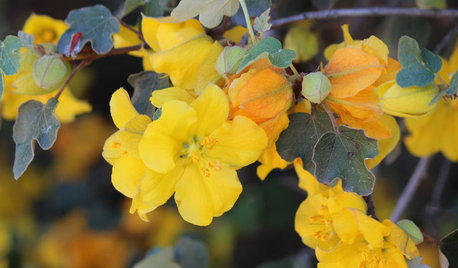
CALIFORNIA GARDENINGCalifornia Gardener's May Checklist
Only one major chore but a plethora of planting possibilities means a delightful month in California gardens
Full Story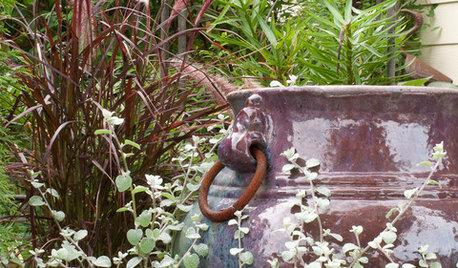
PLANTING IDEASGreat Garden Combo: Silver Sparkles Amid Purple and Blue Foliage
Get the look of this modern foundation planting by focusing on a restrained color palette with tasteful accents
Full StorySponsored






nikgrOriginal Author
jean001
Related Professionals
Harrison Landscape Architects & Landscape Designers · Hershey Landscape Architects & Landscape Designers · Pelham Landscape Contractors · Bethel Park Landscape Contractors · Concord Landscape Contractors · Dixon Landscape Contractors · Fair Oaks Landscape Contractors · Fridley Landscape Contractors · Hilton Head Island Landscape Contractors · Matteson Landscape Contractors · Pahrump Landscape Contractors · San Antonio Landscape Contractors · Soddy Daisy Landscape Contractors · St. Louis Landscape Contractors · The Woodlands Landscape ContractorsnikgrOriginal Author
rhodyman
rhodyman
nikgrOriginal Author
rhodyman
jean001
rhodyman
nikgrOriginal Author
rhodyman